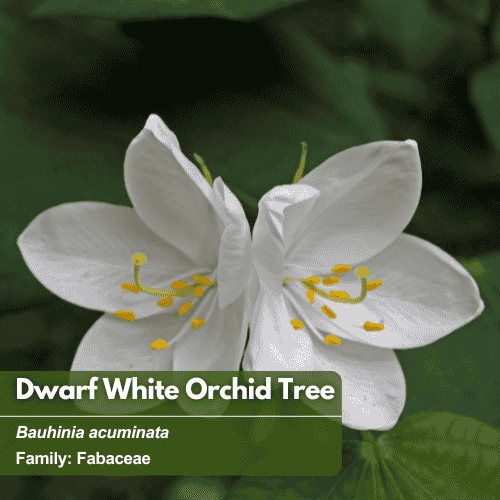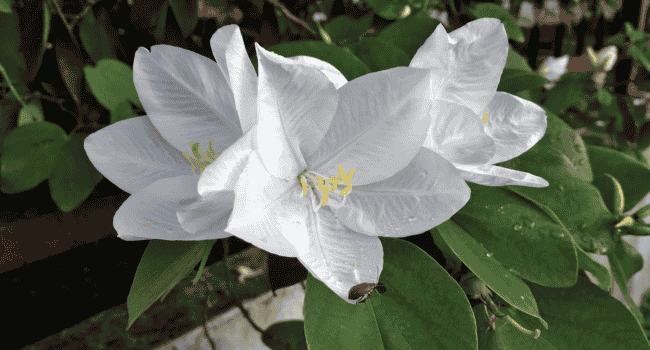Etymology
The genus name "Bauhinia" is named after two illustrious Swiss botanists, the brothers John and Caspar Bauhin. John (1541-1613) was responsible among other works for the great Historia Plantarum, published nearly forty years after his death. Caspar (1560-1624) produced a valuable collection of synonyms. It has been suggested that the twin leaflobes of the plant typify the two brothers. The specific epithet "acuminata" refers to the Latin word "acuminatus," which means "pointed" or "tapering to a sharp tip." It likely refers to the pointed apices of the leaf lobes.
Uses
Widely cultivated for its beautiful flowers and foliage, often as a hedge plant. It adds elegance and visual appeal to various outdoor settings.
Cultivation
Prefers full sun to bright partial shade and thrives in various well-drained but moist soils, preferably slightly acidic. It can be propagated through seeds, cuttings, air layering, and grafting.

